Redwire Converts Preferred Shares
The transaction boosts Redwire’s common stock count by 11 million shares while preserving a significant preferred stake.
September 18, 2025

Redwire Streamlines Equity Structure with $3.05 Conversion by Bain Capital
Redwire Corporation is making a shift in its capital structure—and it’s one that opens up more flexibility going forward. On September 15, Bain Capital converted 31,719.43 shares of Redwire’s Series A Convertible Preferred Stock into 11 million shares of common stock. The conversion, executed through Bain’s investment arm BCC Aggregator L.P., reflects a choice to exchange preferred equity for a more liquid position in Redwire’s common stock.
The shares were originally issued in late 2022 at a conversion price of $3.05. Since then, Bain has retained the option to convert at any time. That option was exercised last week, and as a result, Redwire’s total common shares outstanding increased to 155,188,092. A total of 71,702.95 preferred shares remain, still held by Bain.
This change simplifies the company’s equity mix and lowers its preferred stock obligations. While it expands the common equity base, it also signals ongoing investor engagement—Bain isn’t exiting the position, just shifting its composition.
The update was confirmed in a regulatory report filed September 17 and signed by CFO and Director Jonathan Baliff. No additional commentary accompanied the disclosure, but the mechanics are clear: Bain opted into common stock exposure while maintaining a significant economic interest.
For stakeholders tracking Redwire’s financial profile, this move matters. It affects share counts, future earnings per share calculations, and the overall balance of investor rights and liquidity. It also puts a spotlight on the remaining preferred stock and whether further conversions might follow.
Redwire continues to operate in a capital-intensive industry where equity structure can directly impact strategic options. This conversion positions the company to respond more efficiently to financing needs while giving investors more visibility into ownership dynamics.
Share
Read More Articles


